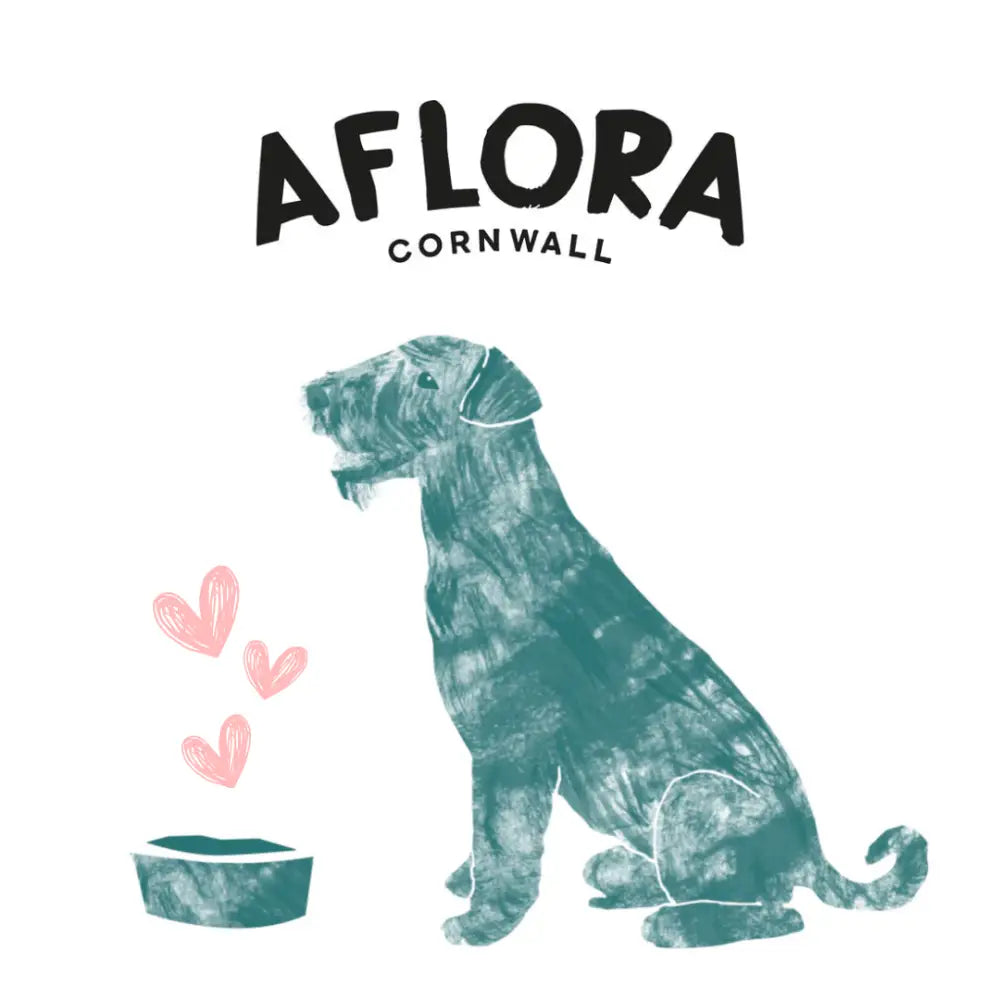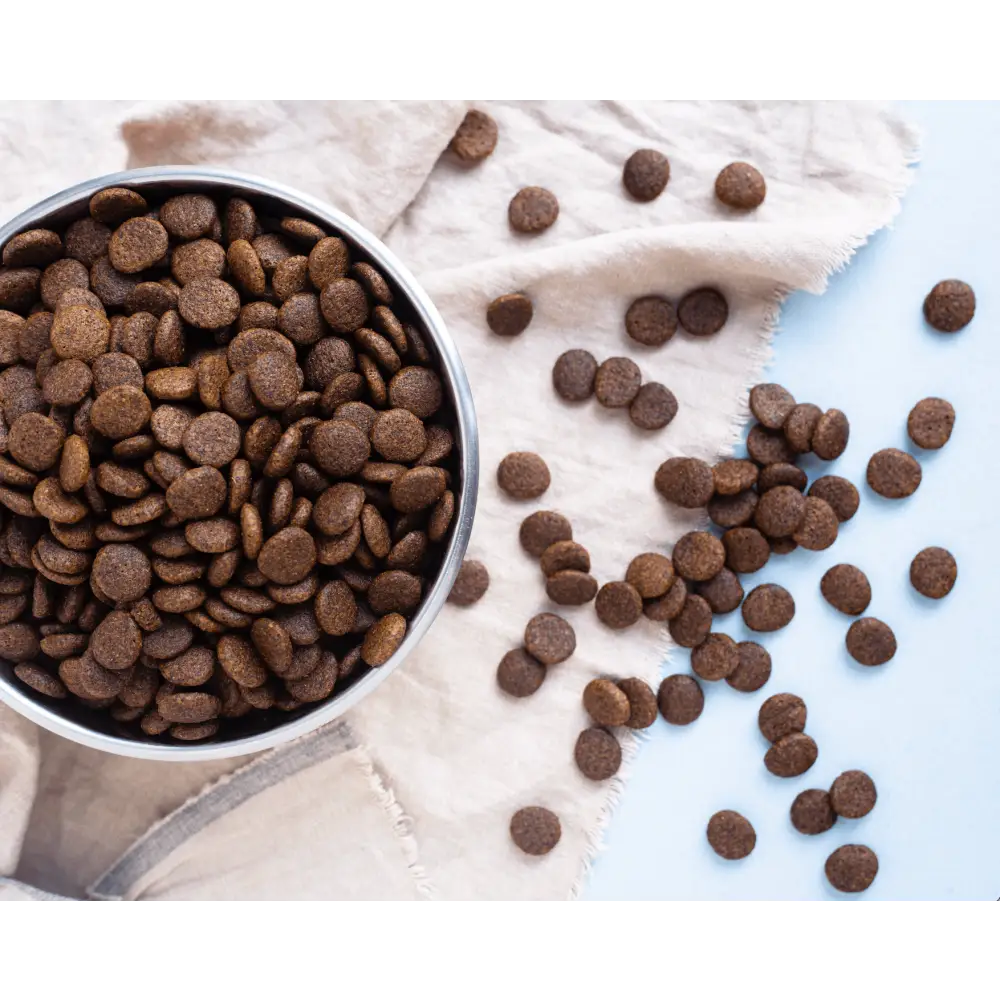Rawhide has long been a popular choice for dog owners looking to satisfy their pets' natural chewing instincts. However, there is a lot of confusion and controversy surrounding this widely available chew. Is it safe? How is it made? And are all rawhide products the same? In this guide, we’ll break down the history, production process, and important factors pet owners should consider before giving rawhide to their dogs.
What is Rawhide?
Rawhide refers to the inner layer of animal hide, most commonly from cattle, but sometimes from horses, pigs, or buffalo. Unlike tanned leather, which undergoes a chemical treatment process, rawhide is preserved in a way that retains some of its natural properties, making it tough and chewy—ideal for dogs that love to gnaw.
The History of Rawhide
The word “rawhide” dates back centuries and originally referred to untreated animal hides used for making durable goods like ropes, shields, and even clothing. Native Americans, for example, used rawhide to create strong laces and bindings. Over time, as the leather industry evolved, leftover hide trimmings were repurposed into pet chews, giving rise to the modern rawhide industry.
How is Rawhide Made?
The process of turning raw animal hide into dog chews involves multiple steps. While variations exist depending on the manufacturer and country of origin, the general process follows these stages:
1. Sourcing the Hide
Rawhide is a byproduct of the meat industry. After an animal is processed for food, the hide is removed and preserved for further use.
2. Chemical Treatments and Cleaning
The hides are first treated with a brining solution (salt and chemicals) to prevent spoilage. Some are then treated with lime to loosen hair and fat. This step raises concerns as some manufacturers use harsh chemicals like lye or even bleach to speed up the process.
3. Splitting the Hide
Once cleaned, the hides are split into layers. The tough, top-grain layer is used for leather goods, while the softer inner layer becomes rawhide chews.
4. Shaping and Drying
The rawhide is cut into various shapes—knots, rolls, braids, or sticks—and then dried to harden. Some are baked or smoked to enhance flavor, while others are coated in artificial flavours or dyes to make them more appealing.
5. Additional Chemical Treatments
In lower-quality rawhide, additional preservatives, glues, or artificial colors may be added. Some chews are even coated with titanium dioxide to make them appear whiter or undergo formaldehyde treatments to extend shelf life.
The Good: Benefits of Rawhide
Rawhide does have some advantages when sourced responsibly:
✔ Long-Lasting Chew – Helps satisfy dogs’ natural urge to chew and can keep them occupied for extended periods. ✔ Dental Benefits – The abrasive texture may help reduce plaque and tartar buildup. ✔ Affordable – Compared to many natural chews, rawhide is widely available and relatively inexpensive. ✔ Variety of Shapes & Sizes – Offers options for different chewing styles and breeds.
The Bad: Risks of Rawhide
Despite its benefits, rawhide is not without risks:
⚠ Digestibility Issues – Traditional rawhide does not break down easily in the digestive system, posing a choking hazard or risk of intestinal blockages. ⚠ Chemical Exposure – Some low-quality rawhide treats contain harmful chemicals from processing. ⚠ Bacterial Contamination – Because rawhide is not cooked, it can sometimes carry bacteria like Salmonella or E. coli. ⚠ Artificial Additives – Many commercial rawhide chews contain artificial flavours, dyes, and preservatives that can be harmful to dogs.
The Ugly: Low-Quality Rawhide & Misconceptions
There are several misconceptions about rawhide that dog owners should be aware of:
🚫 “All rawhide is natural and safe.” – Many rawhide chews undergo extensive chemical processing, making them far from a natural choice. 🚫 “Rawhide is fully digestible.” – Unlike other chews, rawhide can remain intact in a dog's stomach for long periods, sometimes leading to dangerous blockages. 🚫 “Rawhide is the best dental chew.” – While rawhide can scrape off plaque, there are safer alternatives like natural dried tendons, yak chews, or antlers.
Naturally Air-Dried Rawhide with Single-Source Proteins
For pet owners looking for a safer and more natural alternative, air-dried rawhide products made from single-source proteins offer a great solution. These chews are made using a simple drying process without the use of harsh chemicals or artificial additives. Here’s what makes them different:
🐾 Minimal Processing – Instead of undergoing chemical treatments, these chews are gently air-dried to preserve their natural nutrients and structure. 🐾 Single-Source Protein – Often made from high-quality sources like grass-fed beef, free-range buffalo, or wild-caught fish, ensuring better digestibility and nutrition. 🐾 More Digestible – Naturally dried chews tend to break down more easily in the stomach, reducing the risk of blockages. 🐾 Chemical-Free – No harsh bleaches, dyes, or artificial preservatives are used in production. 🐾 Rich in Collagen & Nutrients – Provides natural joint support and overall health benefits for dogs.
Look for handcrafted, naturally air-dried rawhide from reputable brands that focus on quality sourcing and transparency in their production methods.
Safer Alternatives to Traditional Rawhide
If you want to provide your dog with a long-lasting chew, consider these natural alternatives:
🐾 Rawhide Alternatives – Look for products labeled as “easily digestible” or made from compressed, softer rawhide. 🐾 Natural Chews – Consider beef tendons, fish skins, deer antlers, or yak milk chews. 🐾 Vegetable-Based Chews– Sweet potato chews or plant-based dental chews are safer options for sensitive stomachs.
Choosing the Right Rawhide for Your Dog
If you do decide to give your dog rawhide, here are some key factors to consider:
✅ Source Matters – Choose high-quality, responsibly sourced rawhide from trusted brands with transparent production practices. ✅ Go Chemical-Free – Opt for rawhide labeled chemical-free, natural, or hand-rolled. ✅ Size Appropriately – Always choose the right size to prevent choking hazards. ✅ Supervise Chewing – Never leave your dog unattended with rawhide to prevent accidents. ✅ Check Labels – Avoid products with artificial dyes, flavors, or preservatives.
Final Thoughts: Should You Give Your Dog Rawhide?
Rawhide can be an enjoyable chew for some dogs, but it’s not without risks. The key is understanding where it comes from, how it’s made, and what alternatives exist. If you choose to give your dog rawhide, opt for high-quality, responsibly sourced options and always supervise their chewing.
For those seeking safer, natural alternatives, The Pets Larder offers a wide range of healthy, digestible natural dog chews that dogs love. Check out our collection and give your pup a treat that’s both enjoyable and safe! 🐾















